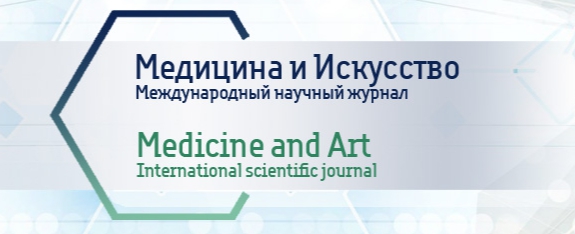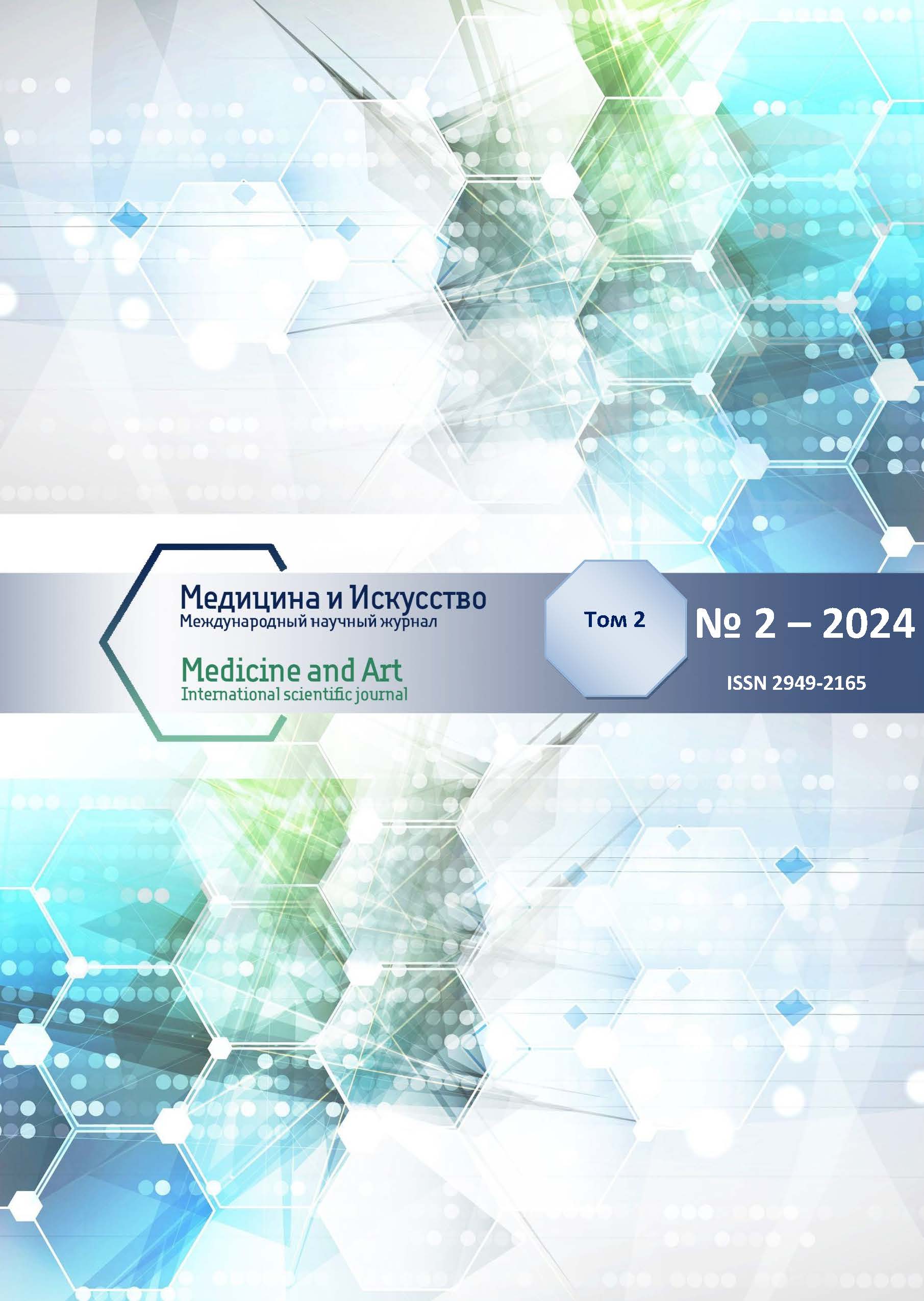Великобритания
УДК 781.1 Научные основы. Математические, физические, психологические теории. Музыкальная акустика
УДК 784 Вокальная музыка. Пение
Терапевтическая сила человеческого голоса хорошо известна, но механизмы, с помощью которых голосовой звук может способствовать исцелению, получили недостаточно внимания в научном и медицинском сообществе. В этой статье британский ученый-акустик-физик Джон Стюарт Рид начинает с описания модели звукового пузыря в отличие от распространенной в науке модели формы звуковых волн и обсуждает значение малоизвестного физического факта, что «звук рождает свет». Из-за неупругих атомных столкновений, которые являются фундаментальным аспектом производства звука, это явление приводит к интригующей гипотезе о том, что наши песни со временем достигнут звезд в виде модулированной инфракрасной энергии. Доступным языком излагаются глубоко постигнутые биологические и лечебные механизмы, лежащие в основе вокализации, включая способность звуков голоса влиять на хроническое воспаление путем через стимуляцию блуждающего нерва. Статья заканчивается ссылкой на работу профессора Сергея Петухова и мыслью о том, что мы на самом деле поем в форме генетической музыки, музыки, приносящей исцеление всему живому.
звуковая терапия, музыкальная медицина, вибрационная медицина
1. Everest F.A. Master Handbook of Acoustics. 4 ed., McGraw-Hill. 2001:83,85.
2. Jones A.Z., Robbins D. String Theory for Dummies, and Daniel. Wiley Publishing Inc. 2017:21.
3. NASA Science Beta. Available at: https://science.nasa.gov/ems/11_xrays
4. Department of Physics, University of Illinois. Does light travel forever? Available at: https://van.physics.illinois.edu/qa/listing.php?id=21368
5. University of Birmingham (UK). Asteroseismology. Available at: https://www.birmingham.ac.uk/research/activity/physics/astronomy/solar-and-stellar/asteroseismology.aspx
6. World Scientific: Biophoton Emission. Available at: https://doi.org/10.1142/ S0217984994001266
7. Reguera G. When Microbial Conversations Get Physical. Trends in Microbiology. 2011; 19(3):105-113. DOI: https://doi.org/10.1016/j.tim.2010. 12.007
8. Available at: https://www.bksv.com/en/knowledge/blog/perspectives/why-do-cats-purr
9. Weitzberg E., Lundberg J.O. Humming Greatly Increases Nasal Nitric Oxide. American Journal of Respiratory and Critical Care Medicine. 2002; 166(2):144-5. DOI: https://doi.org/10.1164/rccm.200202-138BC
10. Goldman J., Goldman A. The Humming Effect. Available at: https://www.goodreads.com/book/show/32071037-the-humming-effect
11. Cockroft J. Exploring vascular benefits of endothelium-derived nitric oxide. Medicine, American Journal of Hypertension. 2005; (12 Pt 2):177S-183S. DOI: https://doi.org/10.1016/j.amjhyper.2005.09.001
12. Breit S. et al. Vagus Nerve as Modulator of the Brain-Gut Axis in Psychiatric and Inflammatory Disorders. Frontiers in Psychiatry. 2018; Vol. 9: Article 44. DOI: https://doi.org/10.3389/fpsyt.2018.00044
13. Pavlov A., Tracey J.T. The vagus nerve and the inflammatory reflex-linking immunity and metabolism. Nature Reviews Endocrinology, 2012; 8(12):743-754. DOI: https://doi.org/10.1038/nrendo.2012.189
14. Bonaz B. et al. Anti-inflammatory properties of the vagus nerve: potential therapeutic implications of vagus nerve stimulation. The Journal of Physiology. 2016; 594.20:5781-5790. DOI: https://doi.org/10.1113/JP271539
15. Cazden J. Stalking the calm buzz: how the polyvagal theory links stage presence, mammalian evolution, and the root of the vocal nerve. Voice and Speech Review. 2017; vol. 11(2):132-153. DOI: https://doi.org/10.1080/23268263.2017.1374082
16. Siegel D. Pocket Guide to Interpersonal Neurobiology: An Integrative Handbook of the Mind. New York, W.W. Norton & Co., 2012. 560 p.
17. Porges S.W. The Pocket Guide to the Polyvagal Theory. New York, W.W. Norton & Co., 2017. 288 p.
18. Vickhoff B. et al. Music structure determines heart rate variability of singers. Frontiers in Psychology. 2013; Vol. 4: Article 334. DOI: https://doi.org/10.3389/fpsyg.2013.00334
19. Hu Z., Petoukhov S.V., Petukhova E.S. I-Ching, dyadic groups of binary numbers and the geno-logic coding in living bodies. Progress in Biophysics and Molecular Biology. 2017; Vol. 131:354-368. DOI: https://doi.org/10.1016/j.pbiomolbio.2017.08.018










